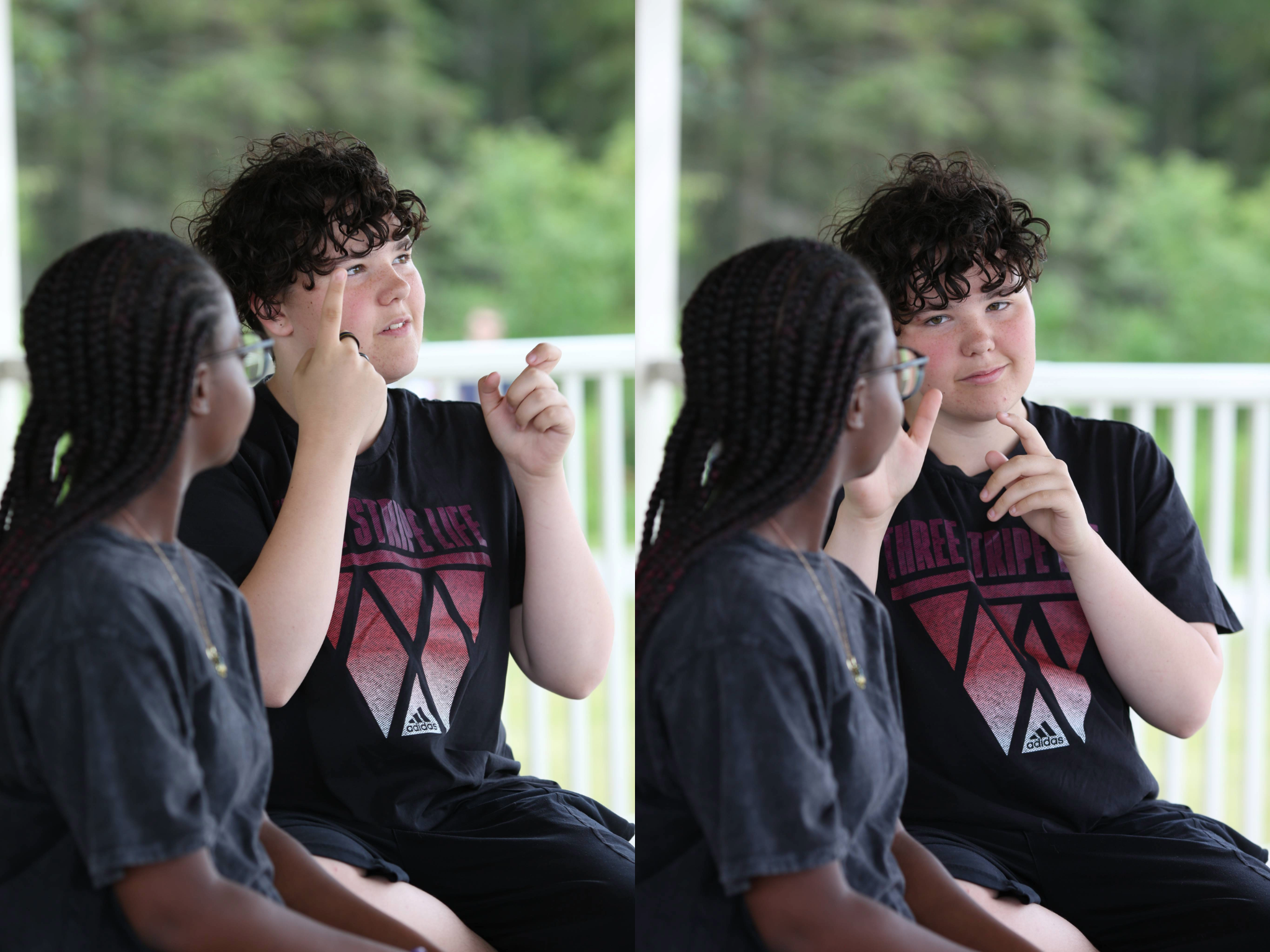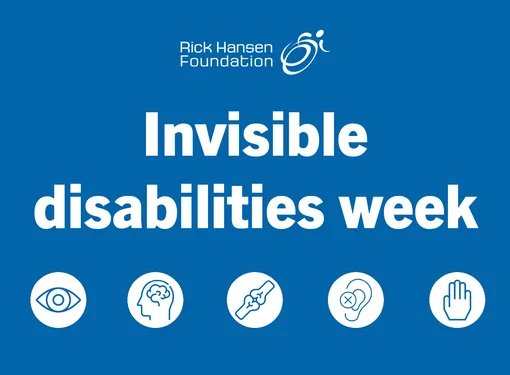Your Voice. Your Ears. Your Connection!
Every May, we take time to recognize Speech and Hearing Month, a time dedicated to raising awareness about the importance of communication health, from speaking and listening to understanding and connecting. It’s a chance to highlight the many ways we relate as human beings: through laughter, storytelling, questions, conversations, and more. Communication shapes relationships, supports learning, fuels careers, and enriches everyday life.
This year, the theme of Speech and Hearing Month is "Connecting Through Communication." It’s a simple phrase, but it holds deep meaning. Communication is much more than just words. It’s how we laugh, learn, express love, share stories, and find our place in the world. At its heart, communication is about being heard, being understood, and feeling included.
The Heart of Human Connection
Think about the last time you told a joke that made someone laugh, called a friend just to talk, or asked for help in a noisy room. These are all forms of communication, and they shape our everyday lives. However, for many people, speech, language, or hearing challenges can make even simple interactions more difficult.
When someone can’t hear clearly, struggles to speak, or doesn’t understand what’s being said, those connections begin to break down. The result can be frustration, isolation, or being left out of important moments, big and small.

What Is Communication Health?
Communication health refers to how well we can express ourselves and understand others, whether that is speaking clearly, listening effectively, or processing spoken information. It plays an important role in our mental well-being, education, careers, and relationships.
When communication becomes a struggle due to hearing loss, speech delays, or language difficulties, everyday tasks can feel overwhelming. That is where audiologists and speech-language pathologists come in. They are equipped to support people of all ages with strategies, therapy, tools, and treatments to improve communication.
A Brief History of the Month
Speech and Hearing Month has a long history. It began in 1927 as National Hearing Week, then expanded to Better Hearing Month in 1958. In 1972, it became Better Hearing and Speech Month. In 2023, it was renamed Speech Language Hearing Month, a more inclusive term that includes all aspects of communication.
This change reflects the many ways people communicate, whether verbally, non-verbally, with technology, or through sign language.

Hearing Loss: Common, Often Invisible
Hearing loss is more common than many realize. Approximately 60 per cent of Canadian adults live with some degree of hearing loss, and most of them are not aware of it. According to the World Health Organization's, nearly 1 in 4 people worldwide will be living with some level of hearing loss by 2050. It can happen to anyone, at any age, and often goes unnoticed at first.
One major cause is noise exposure. Whether it’s a loud bang or years of high-volume headphones, loud sounds can damage your hearing over time. The World Health Organization recommends keeping noise levels below 85 decibels and using ear protection when needed.
Unlike other health issues, hearing loss often shows up subtly, like needing repetition, struggling in noisy places, or feeling tired after conversations. That’s because our ears are always working, even when we sleep.
Making Communication Accessible
If you or someone you know has difficulty hearing or speaking, there are many ways to make communication easier and more inclusive. Helpful tools and accommodations can include:
- Hearing aids or assistive devices like pocket talkers.
- Captioning services for meetings or video calls.
- Written instructions to follow or review later.
- Preferential seating in classrooms or meetings.
- Sign language interpreters or visual alerts for emergencies.
- Augmentative and Alternative Communication (AAC) devices.
Even small changes like asking someone to speak clearly or face you while talking can make a big difference in helping everyone feel included and understood.
Fun Facts About Hearing and Speech
- The smallest bones in your body, located in your ears can all fit on a penny!
- Your brain processes sound in just 0.05 seconds.
- The “cocktail party effect” helps you focus on one voice in a noisy room.
- Sound can affect how food tastes; sizzling sounds can make food seem more flavorful.
- Even mild hearing loss in kids can lead to missing up to 50% of classroom discussions.
This is a great time to reflect on how we connect, communicate, and care for ourselves and for others. Whether you've experienced hearing loss, know someone who has, or simply want to protect your own communication health, now is the time to take action.
Ask questions, schedule a hearing test, learn about support options, or simply listen more closely, because in the end, communication connects us all.







